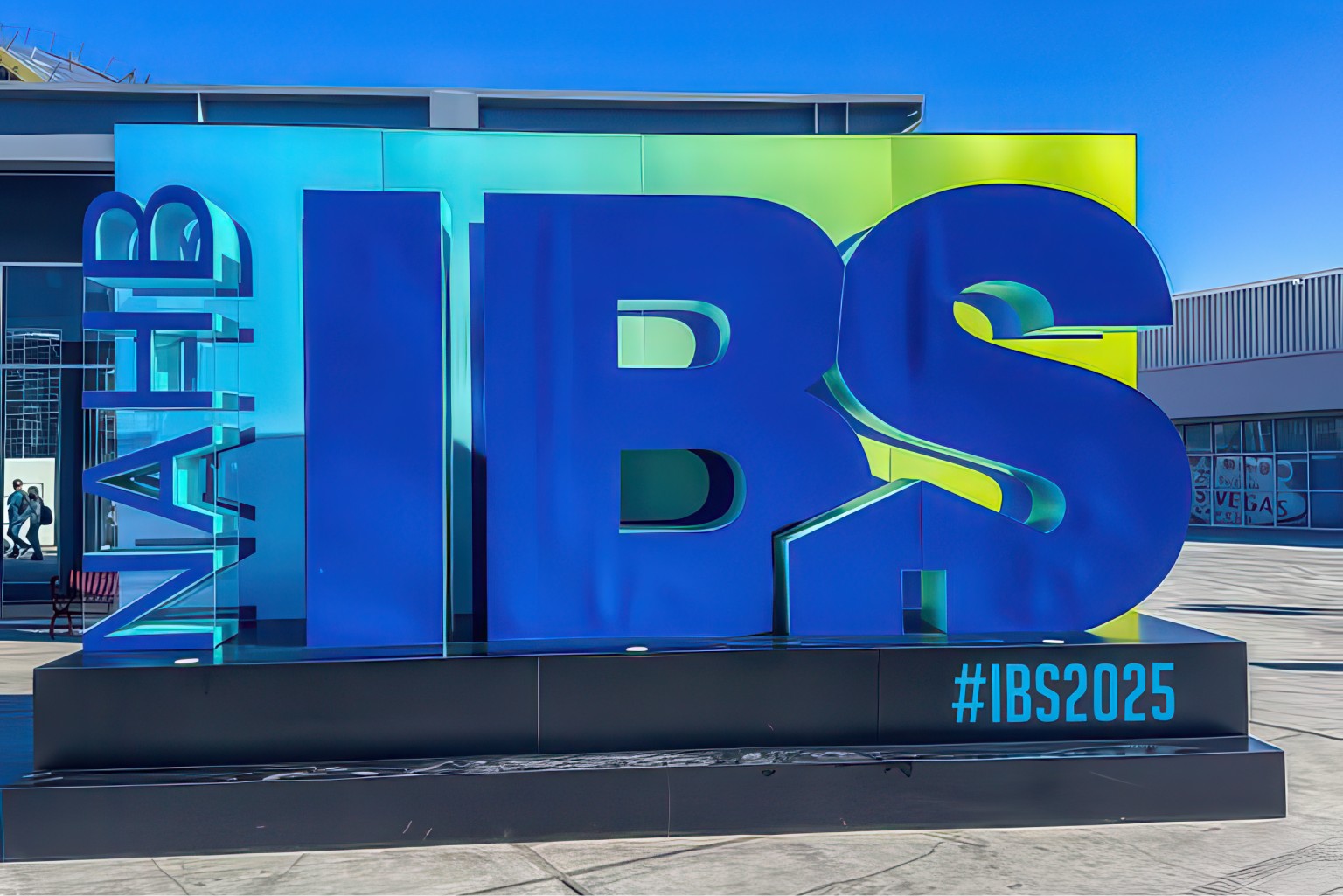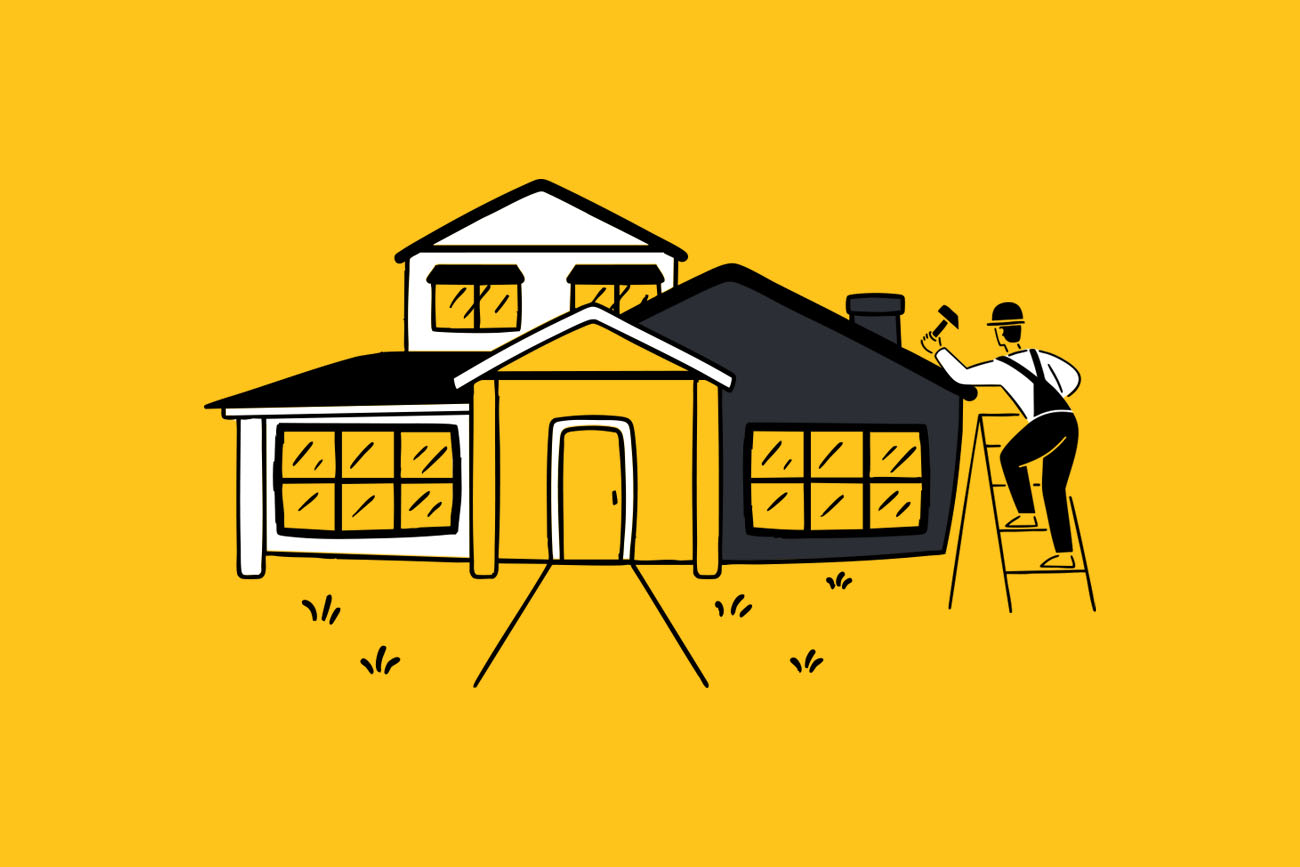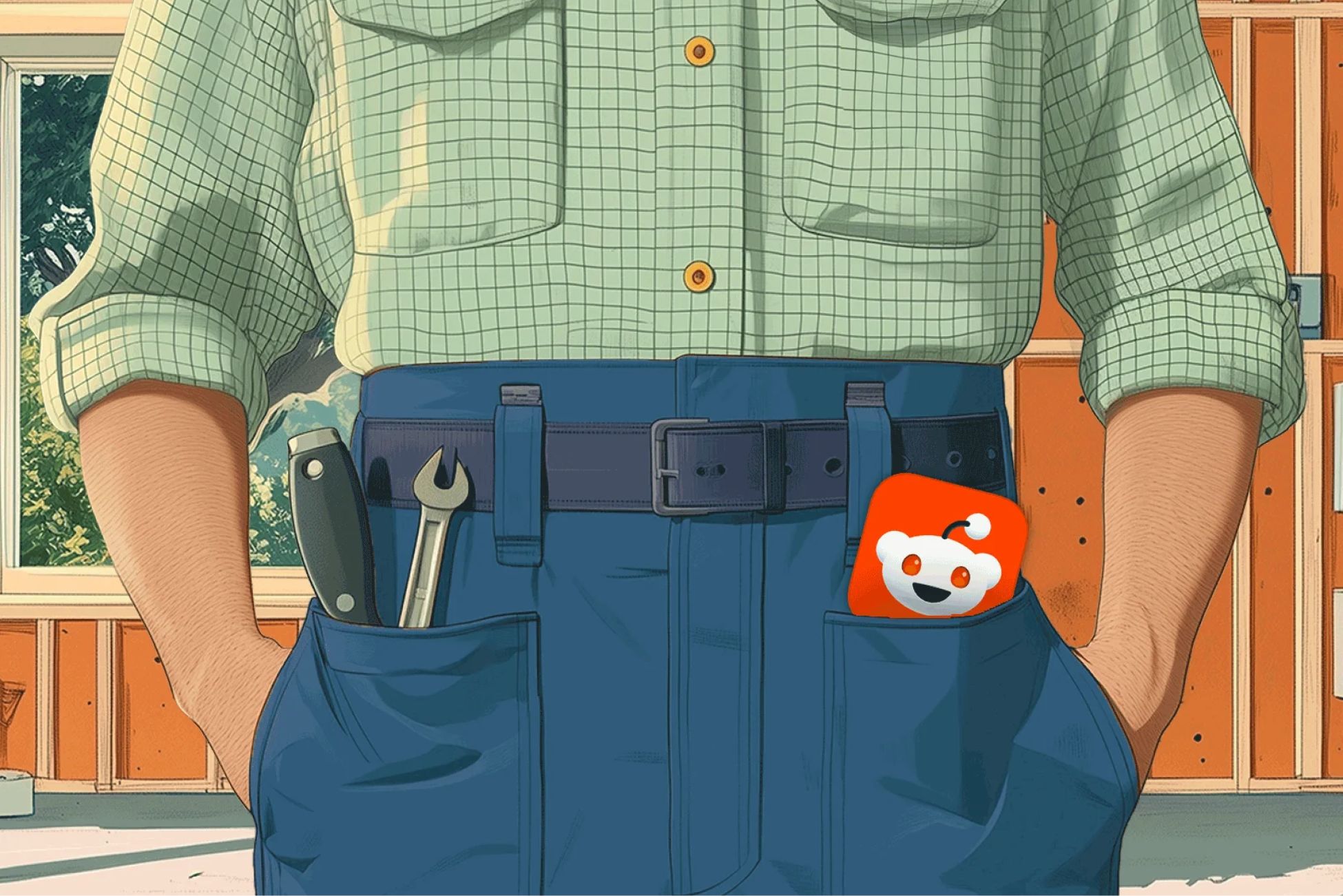IBS 2024: The latest trends impacting the building industry


Pressures in the home improvement and construction industries are shifting brands’ marketing approaches. Two larger trends are shaping these shifts. The first is temporary — at least we hope — and that is high interest rates. The second is climate change. And as we unfortunately know, its impacts are only going to worsen over time. These ongoing challenges are reshaping the way brands engage with professionals and consumers, highlighting the need for marketers to adapt in order to thrive. The 2024 International Builders’ Show demonstrated the nuances of pro loyalty, the implications of economic shifts on market dynamics, and the increasing focus on building resilience through hardened homes.
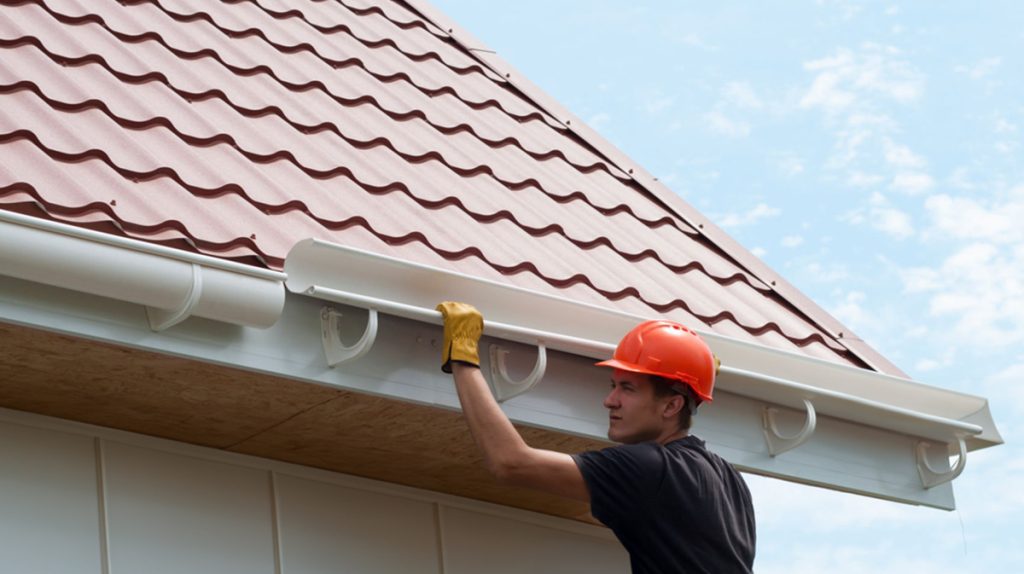
Climate Change: From Sustainability to Hardened Homes
Brands and retailers at the show addressed climate change in two ways. Both sustainability and environmental impact have been themes for the last several years. As important as sustainability is for the health of our planet, messaging on the topic has been so prevalent that it is now seen as table stakes. Because the term has been so overused, claims often lack credibility — at least without hard statistics to back them up.
A bigger shift this year was the predominance of hardened homes, driven by the need for buildings to withstand extreme weather conditions. Companies are recognizing this as a growth opportunity and potential differentiator for their brand.
Hardened home products include everything exposed to the elements, from windows and doors to locksets and paint. Innovations such as GAF's TimberSteel™ roofing products highlight the industry's offerings, with solutions that are not only durable but also cost-effective and easy to install.
Another prime example of a hardened-home product? The Windoor Envista Seamless Glazed Window Wall, engineered to resist winds of up to 187.50 MPH. Featuring triple laminated protection, this door is designed to withstand impact and is ideal for environments exposed to severe weather conditions.
With recent wildfires bringing the necessity of home air purification to the forefront, it’s pivotal that homeowners — especially in regions prone to drought — have a ventilation and exhaust system in place. Broan-NuTone, a leader in home ventilation solutions, displayed their product offerings in the space. Not only do their products improve home air quality, but they only turn on when necessary, saving energy.
The sustainable and resilient solutions provided by companies like Vermont Slate Co. illustrate the potential of natural materials in meeting the requirements of hardened homes. Vermont Slate Co. is reimagining the product, frequently used for roofing applications, as siding. Innovative new manufacturing techniques ensure it’s made to the correct, thinner specification in a carbon-neutral fashion, according to CEO Jules Duguay.
This focus on durability and resilience presents a significant opportunity for innovation, allowing brands to differentiate themselves in a competitive market.
The need for products that address the hardened home trend is clear, yet there remains a gap in fully exploiting this opportunity. Brands that can effectively integrate these considerations into their product development and marketing strategies are likely to find a receptive audience among both professionals and consumers.
High Interest Rates & High Inflation: PRO Loyalty & Building Trends
The current economic climate, characterized by high interest rates and inflation, has a profound impact on pro as well as consumer behavior, impacting sales across the home improvement sector.
Hardware brands like Schlage and Blum are seeing pressure from builders and consumers alike switching to lower-cost brands in this high inflationary time. Even if a consumer is willing to pay for quality products, however, builders are swapping in lower-quality hardware without client consent to maintain margin. As a result, consumers are not getting the quality they expect, threatening satisfaction scores. This shift towards price consciousness has opened the market to private label and low-cost products, creating challenges for established brands to maintain their market share. Marketers need to be certain that their value proposition is front and center. Brand experience centers are one avenue to demonstrate the lifetime value of high-quality products. Demo sales kits that feature working products are a lower-cost, but still effective tool. Regardless of approach, staying present in the decision process is key when price pressures are so high.
The concept of professional loyalty continues to evolve, emphasizing the importance of efficiency and reliability over traditional brand recognition. Insights from Illinois Tool Works reveal a significant trend: a divergence in spending by builders and contractors. Larger builders and professionals are gravitating towards brands that offer efficient solutions, even if they come at a higher cost. This shift is attributed to a deeper understanding of long-term savings and performance benefits. However, smaller operators and independent professionals retain a more immediate need for cost savings. Cost increases squeeze their smaller margins, rendering them more likely to switch to a lower cost alternative in building supplies.
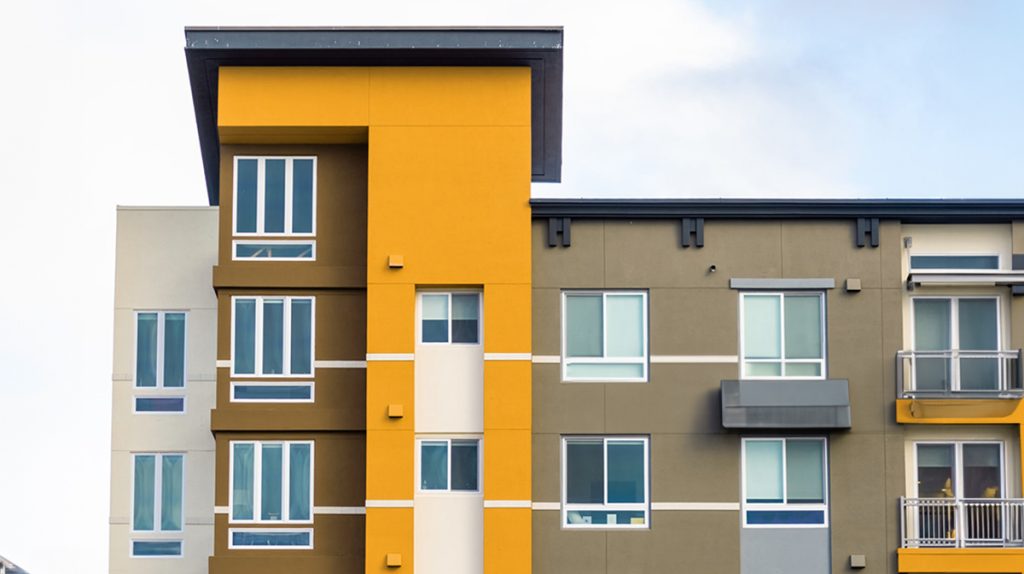
High Interest Rates: Building Trends
High interest rates are exacerbating the ongoing U.S. housing shortage. They discourage new construction and limit available supply of existing homes. According to Axios, the shortage is to the tune of 3.2 million homes. On top of that, few people want to move. Who wants to trade in a 2.5% interest rate for 7%?
It’s logical that many brands at IBS were revealing the impact and importance of multi-family homes in their overall strategy. Easing the housing shortage through single-family homes alone wouldn’t address the need fast enough. And even if those homes were built, they’d likely still be unaffordable to a large percentage of the population.
The rise of multi-family housing is pushing brands to consider broader market strategies that encompass a range of housing needs and preferences. This shift underscores the importance of versatility and adaptability in product strategy to cater to a diverse consumer base. Brands like Delta Faucet Company’s Peerless are able to leverage this trend as a favored faucet brand to specify for multi-family projects. Other brands are considering the impact of multi-family on their overall product portfolio. Carrying more products that can meet the demands of these large scale projects will likely be a key to success for many years to come.
Conclusion
The changing dynamics of home improvement and construction present a landscape rich with opportunities for marketers willing to adapt to the evolving needs of professionals and consumers. The shift towards pro loyalty — based on efficiency and reliability — combined with the need to navigate economic challenges and respond to the demand for durable, hardened homes underscores the importance of innovation and flexibility.
As the industry continues to evolve, the ability to anticipate and respond to these trends will be paramount for brands looking to maintain and grow their market presence. With a focus on delivering value, enhancing product offerings, and engaging with the market through strategic communication, the future holds promise for those ready to embrace the changes shaping the home improvement and construction sectors.

Lou Simon

Subscribe for
more Slant
This site is protected by reCAPTCHA and the Google Privacy Policy and Terms of Service apply.



